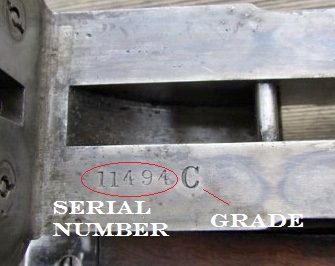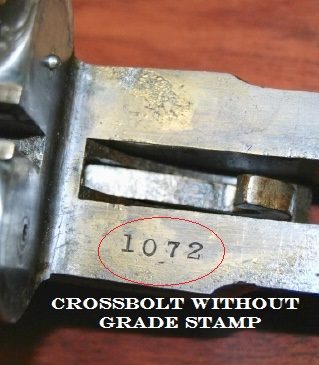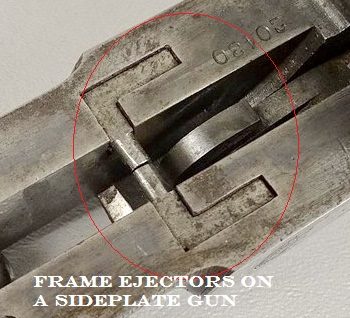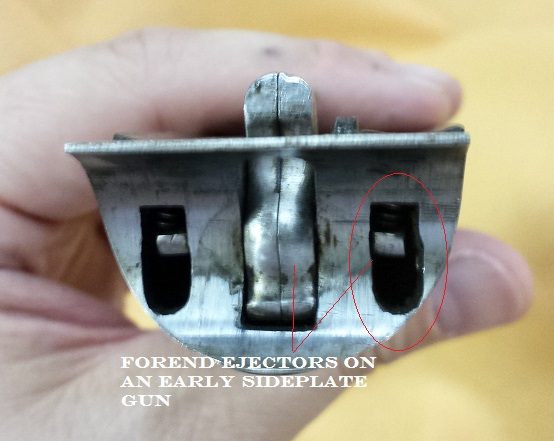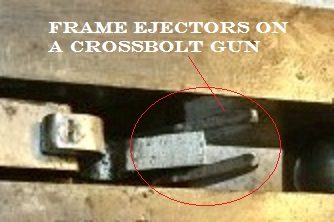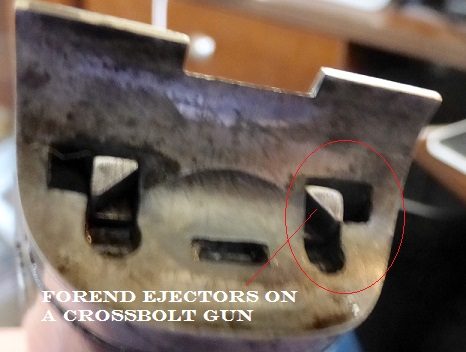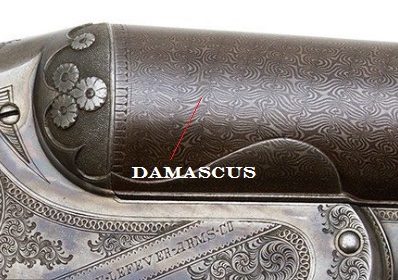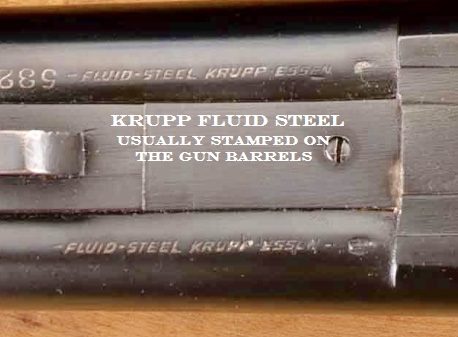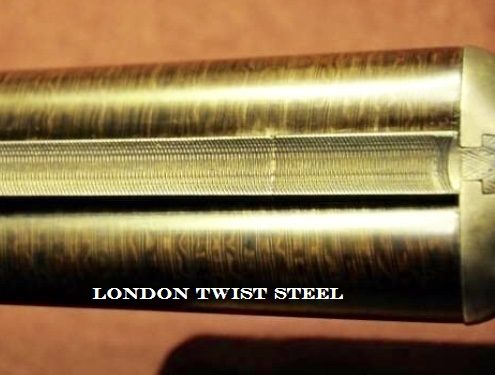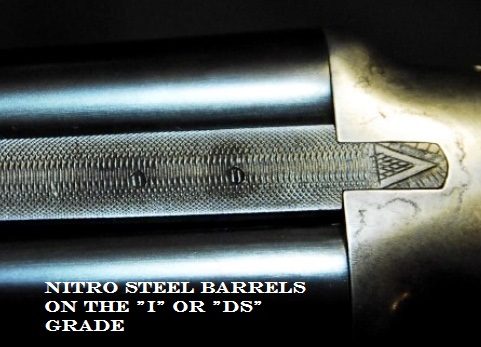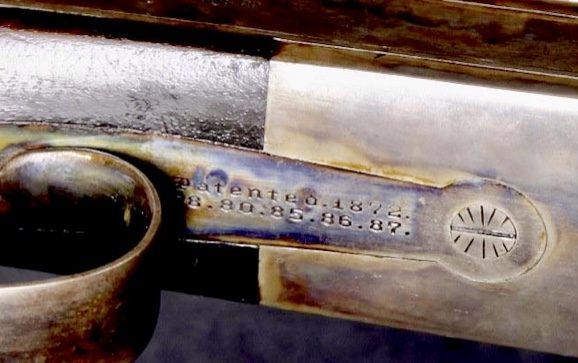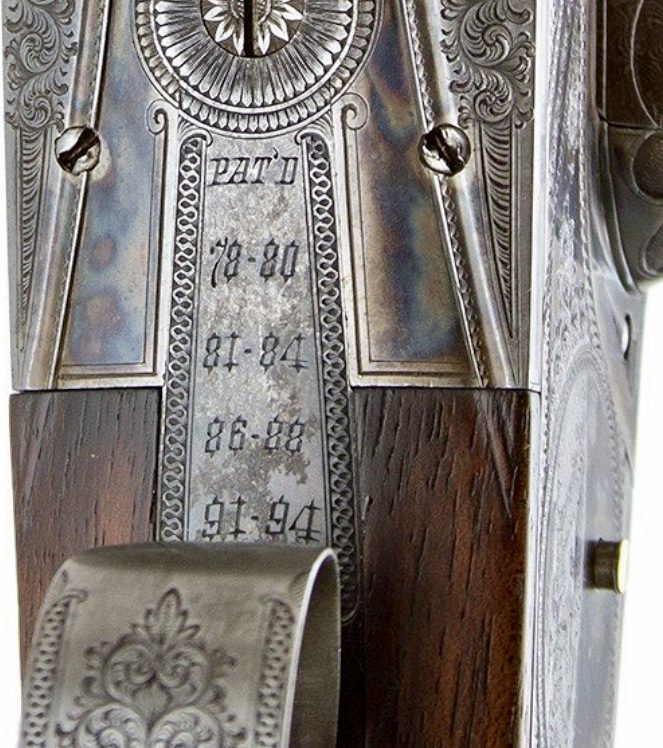Serial Number and Grade location:
Lefever sideplate serial numbers start at 5000 and end somewhere in the mid 74XXX range. Anything over 100,000 is a Nitro Special made by Ithaca and is a completely different gun. The best place to find the serial number will be on the water table. Next to the serial number, or somewhere on the water table, will be a letter indicating the grade of the gun. Some guns do not have a grade stamping and are considered special order.
Lefever crossbolt guns have serial numbers that start at 1000 and end somewhere just shy of 2300. They are in the same location as the sideplate guns but do not have grade stampings. Some crossbolts do however have the grade stamped into the wood underneath the grip cap.
For more information on grades or to see photographs of them use the Menu bar at the top of this page.
